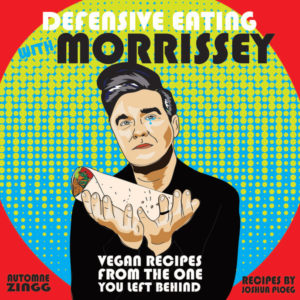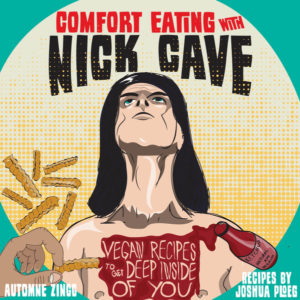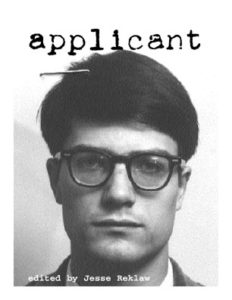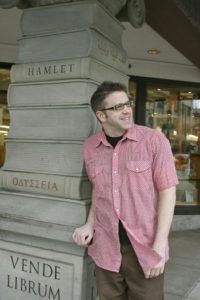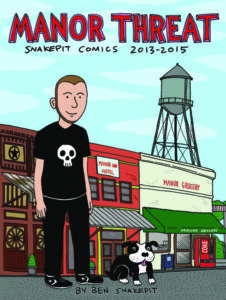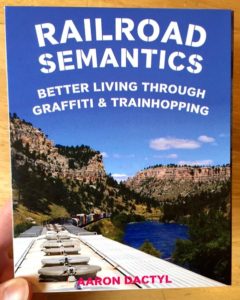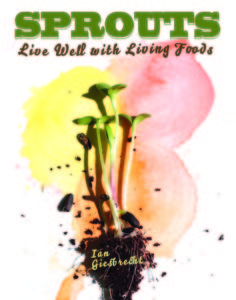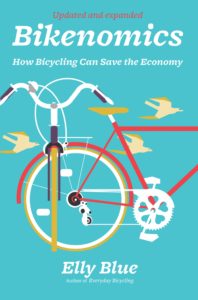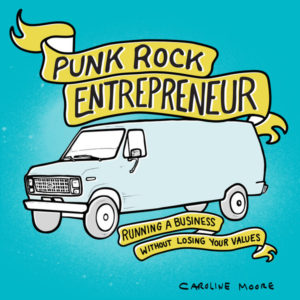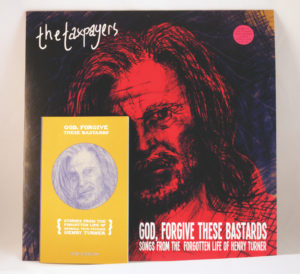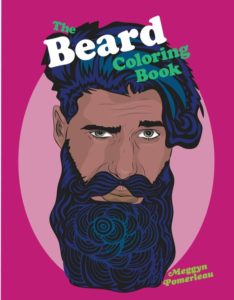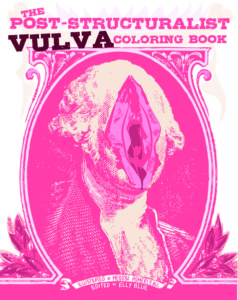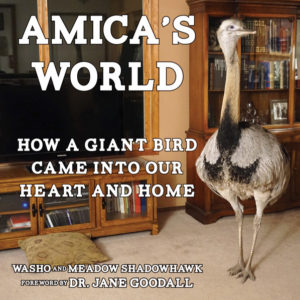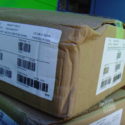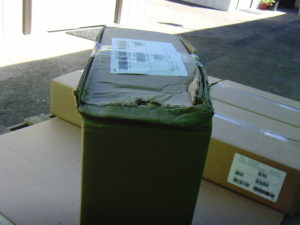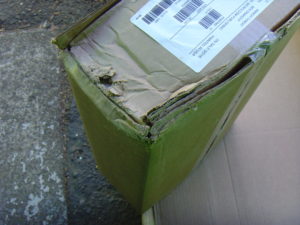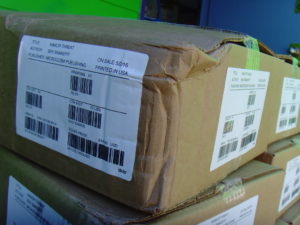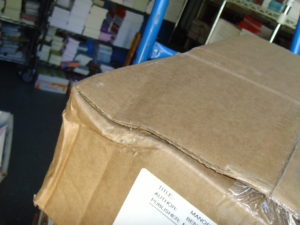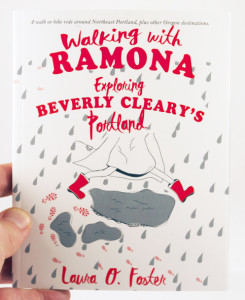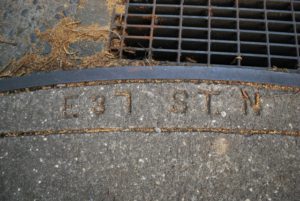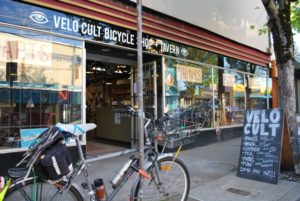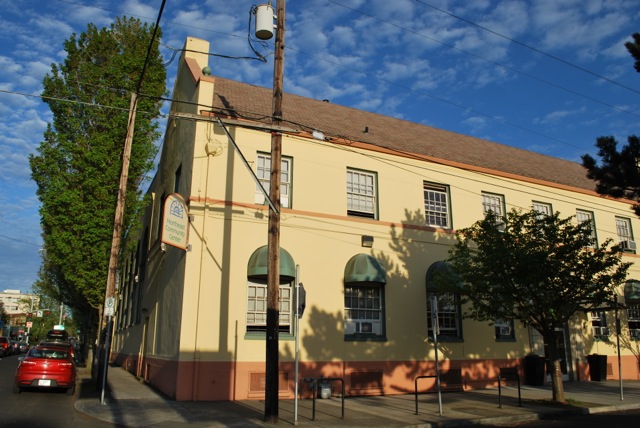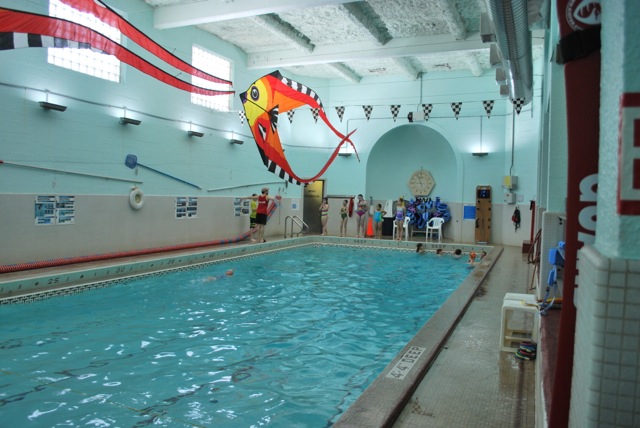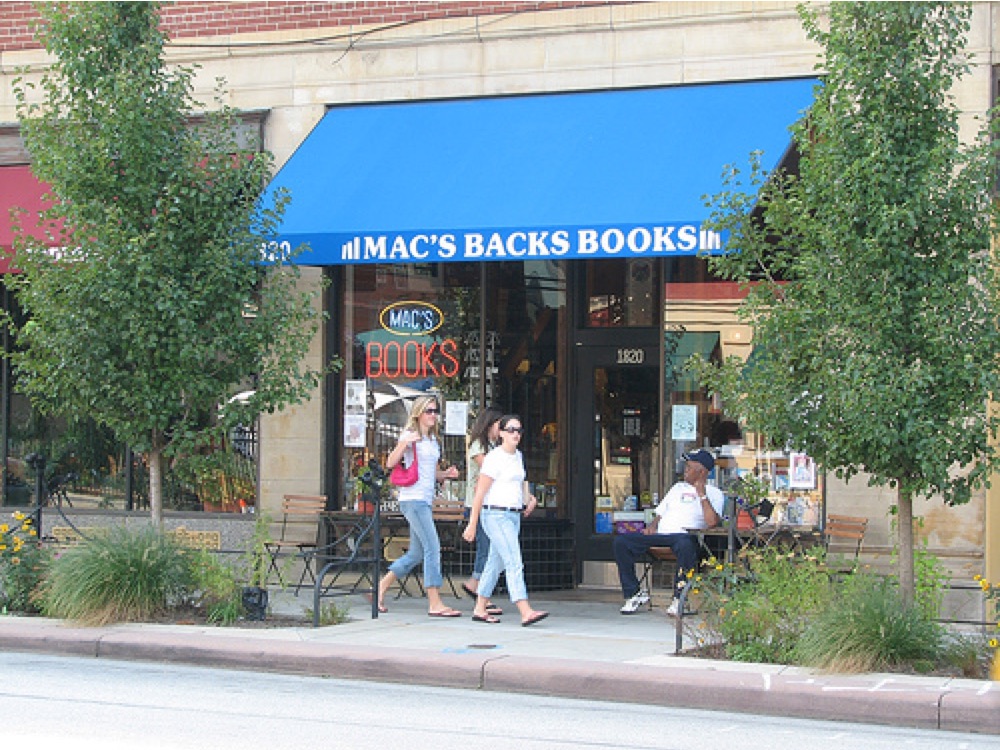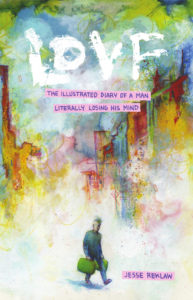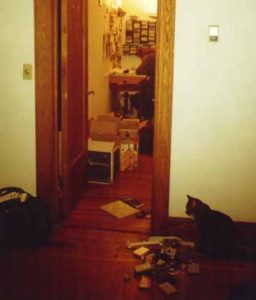Indie Bookstore Romance: We Heart Quimby’s!
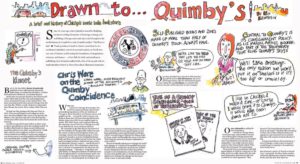

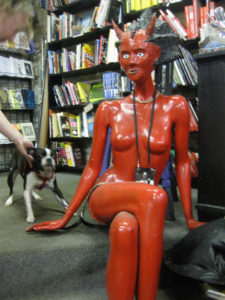
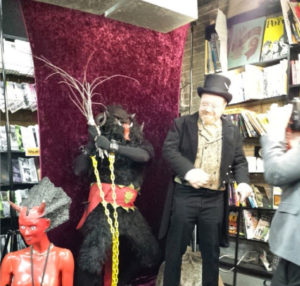
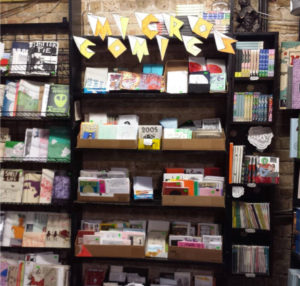
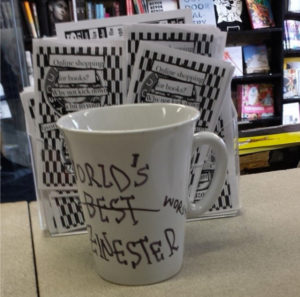
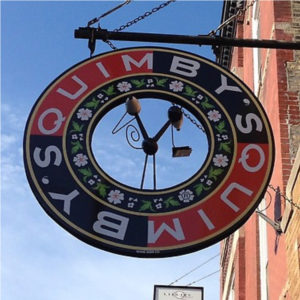
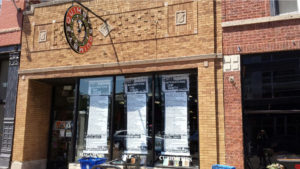
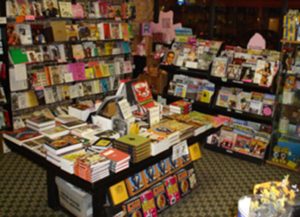
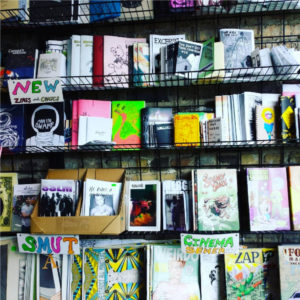
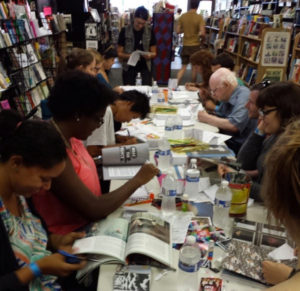

Quimby’s, the most adorable bookstore in Chicago, and is about to celebrate its 25th anniversary! Microcosm has been working happily with them for many—most?—of those years to get adorable books into the hands of adorable readers like you. (Sorry, we get a little soppy about these things sometimes). When it began, it was a rare outpost of underground literature and zines. Today, it still carries that banner, and it’s impossible to go in without finding a book you absolutely must have an several more that you are very reluctant to leave behind. For our Indie Bookstore Love feature in July, we’re telling you all about them so you can go visit… and buy our books from them, along with many other fine books, zines, and print media of a less easily categorizable nature. You can find them at 1854 W. North Ave, in the Wicker Park neighborhood of Chicago.
Quimby’s boss Liz Mason sat down and answered some of our questions for the occasion, and sent a whole ton of photos!
What’s the story of Quimby’s? How did you get involved in all this stuff to begin with?
Quimby’s is an independently owned bookstore that sells independently-published and small press books, comics, zines and ephemera. We favor the unusual, the aberrant, the saucy and the lowbrow.
On September 15th, 1991, Steven Svymbersky, the founder of Quimby’s, opened the store in Chicago on 1328 N. Damen (at Evergreen) in Wicker Park, in a 1000 sq. ft. space. Since 1985 he had published over 50 zines with his friends, and had published Quimby Magazine for five years in Boston. Steven explained the philosophy of the store with these words: “I really want to carry every cool – bizarre – strange – dope – queer – surreal – weird publication ever written and published and in time Qvimby’s will. Because I know you’re out there and you just want something else, something other, something you never even knew could exist.” (And yes, that was a V.) In 1997 Steven sold the store to Eric Kirsammer, the owner of Chicago Comics. Steven moved to Amsterdam with his family shortly thereafter. Eric purchased the store from Steven in order to continue Steven’s commitment to the First Amendment. After a few years, the rent became too expensive to keep Quimby’s at the same spot in which Steven had opened it. Eric moved it to it’s current locale, 1854 W. North Avenue, to provide it with a more permanent location. He also still owns Chicago Comics. Quimby’s and Chicago Comics have a reciprocal “sister store” relationship, where we transfer materials between each other and often collaborate on ordering, outreach and off-site events.
I got involved because I sold zines at Quimby’s in the 90s and harassed them until they hired me. I’ve been working here for 15 years.
What’s the funniest encounter or wild story that has happened in Quimby’s (or because of Quimby’s?)
I would say the craziest story is that of the nameless gentleman who donated to Quimby’s a huge storage facility compartment full of erotica and porn with the caveat that we drive a cargo van to a rural area and pick it up ourselves. He wouldn’t tell us his name or why he was getting rid of it. Nor would he accept money or store credit as thanks.
When did you start working with Microcosm? Do you have a favorite book or zine by us? What are your favorite things to read lately, generally?
I started working with Microcosm when I started working at Quimby’s, because back then Microcosm was just a few zines on consignment. My fave Microcosm title is probably Xerography Debt, but maybe that’s just because I’m a contributor. But also it’s because it’s interesting to see what other zinesters and zine enthusiasts are enjoying. Lately I’ve been enjoying reading things in all sorts of different things (There Goes Gravity by music journalist Lisa Robinson, The Vorrh by the artist B. Catling, the new graphic novel Patience from Dan Clowes). But also, I’ve had my nose buried in mini-comics I bought at CAKE (Chicago Alternative Comics Expo) recently, so I’ve been enjoying the new comic from comics collective Trubble Club, Sara Becan’s Stockholme Is Sauceome, and the new issue of John Porcellino’s long time series King-Cat. Also of note: someone consigned a zine here that cracks me up called Crunch: A Taco Bell Fanzine. How could I not love that?
You’ve been in a position to watch as independent publishing and zine culture have gone through some huge changes over the years. How would you describe those? What do you predict will happen in the next 5 years?
There are a lot more resources offered to make publishing easier than ever before, what with all the DIY-advice-offering in both print and digital. Zines about how to make zines! Zines about how to make books! Books about how to make zines! Websites on how to make zines about making zines about books! Also, the internet really has changed everything, and has in some ways, become the great normalizer in that there are no more “gatekeepers” for “cool” stuff. Zines and their brethren mini-comics and chap books are a lot easier to come by. There are a ton of websites devoted to promoting, distributing, selling, ordering and archiving them, not to mention commerce websites creators can use to get the word out about their work. Another thing that has changed is that the punk rockers that made zines when they were younger are growing up and becoming teachers, librarians and zine archivists that teach younger folks about zines, inspiring a new generation to conitnue writng about the same isolation and unhappiness as their mentors did before them.
Anything else I ought to ask?
Yes! This year Quimby’s turns 25!
If you’re in Chicago, drop by Quimby’s to say happy birthday and check out their brilliant selection of independently published reads! Thanks Quimby’s! We can’t wait to keep working with you for decades to come.
